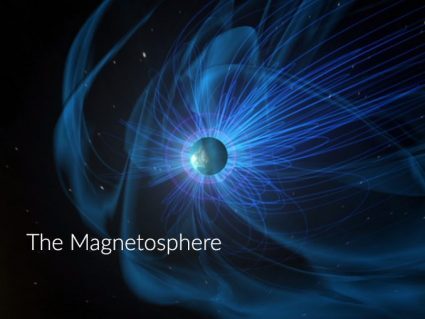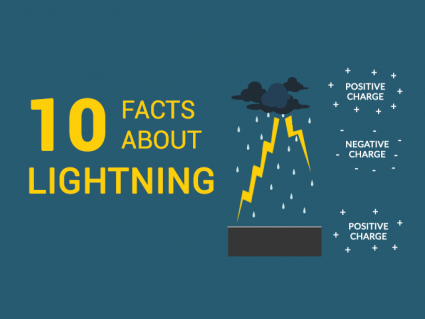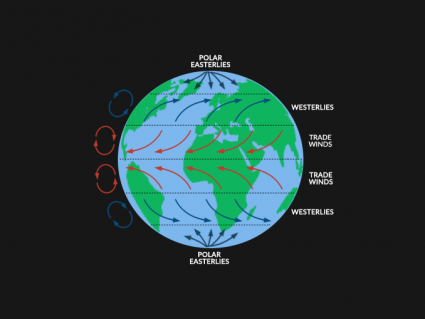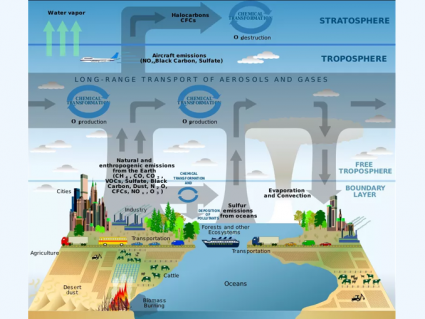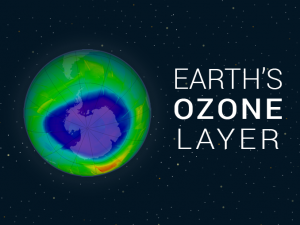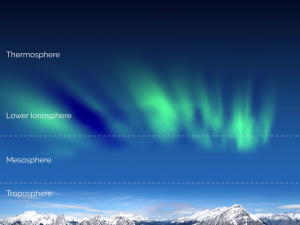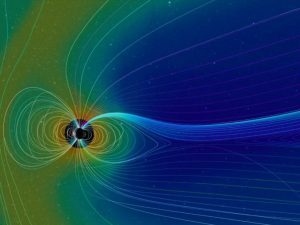What Is the Thermosphere? [Infographic]

What Is the Thermosphere?
The thickest layer in the atmosphere is the thermosphere. It starts at about 80 km upwards to about 550 km altitude.
Here are some of the highlights of the thermosphere:
- It can be further broken up into the following two atmospheric layers: (1) ionosphere and (2) exosphere.
- The International Space Station orbits in the middle of the thermosphere, between 330 and 435 km.
- Particles become ionized in the ionosphere causing the Aurora Borealis (Northern Lights) phenomenon.
- The mass of the thermosphere and above is only 0.002% of the total mass of the atmosphere.
Let’s go through some of the key attributes of the thermosphere.
Which layers belong to the thermosphere?
From the base of the thermosphere, here are the layers that are part of the thermosphere. Consensus on altitude varies and can be used as a general guideline.

- MESOPAUSE: The mesopause starts at 80 km. This altitude marks the transition between the mesosphere and the thermosphere. The altitude of the mesopause is where the temperature reaches a minimum before increasing with height in the thermosphere.
- IONOSPHERE: The ionosphere is the innermost layer of the thermosphere. This area is electrically charged by the sun’s energy with spectacular light shows for the Aurora Borealis or Northern Lights.
- KARMAN LINE: The Karman Line is 100 km above the Earth’s surface. This hypothetical boundary defines the boundary between Earth’s atmosphere and outer space.
- EXOBASE: The exobase is the lower boundary of the exosphere. It ranges from about 500 to 1000 km into the atmosphere.
- EXOSPHERE: The exosphere is the outermost layer of the thermosphere which extends from the exobase upwards. The exosphere varies in altitude from approximately 700 to 1000 km above the surface, where it interacts with the magnetosphere.
- EXOPAUSE: The exopause doesn’t exist because the exosphere gradually fades into space. One definition puts the outermost limit of the exosphere at 190,000 km, which is halfway to the Moon.
What phenomena occur in the thermosphere?
The ionosphere is where the sun’s radiation causes particles to be electrically charged. This is why the term “ion” originates in the ionosphere.
As such, this is where the aurora borealis generates spectacular displays of light. Solar winds travel down magnetic field lines creating magnificent shapes and colors.
Low-orbit satellites circle the Earth in the thermosphere because the air is so thin. It’s where telephone, television, and GPS signals broadcast to Earth. It’s also where the most expensive engineering project in history (International Space Station) orbits the Earth.
The thermosphere is littered with space junk. It’s not only decommissioned satellites. But it’s also the bits and pieces from satellite collisions that happened in the past.
In the exosphere, particles can freely escape the planet’s atmosphere into outer space. The pull of gravity is weak here. Just a small amount of hydrogen atoms are leaked out from our atmosphere.
What is the temperature in the thermosphere?
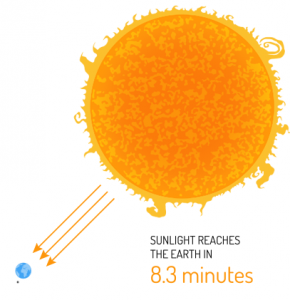
The sun strikes the thermosphere first causing air to be very hot. This is why the thermosphere can reach temperatures up to 2000°C or more.
But it’s susceptible to high temperature and variability due to changes in solar ultraviolet radiation and geomagnetic activity.
Overall, temperatures are highly dependent on solar activity. In addition, electrically charged particles in the ionosphere cause the temperature to rise.
How thin is the atmosphere in the exosphere?

Overall, the thermosphere has a very low density. It’s just a fraction of sea level. And its mass is only 0.002% of the total mass of the atmosphere.
Gas molecules are far apart in the thermosphere. The density is so low that sound waves can’t travel through this layer of the atmosphere.
If you escaped into the thermosphere, your body would be frigid cold. Even though the temperature is high, there are not enough gas molecules to transfer heat to your body.
This is also why the thermosphere exerts no significant energetic feedback to the lower layers of the atmosphere which includes the mesosphere, stratosphere and troposphere.
What is the composition of the thermosphere?
Similar to the lower and middle atmosphere, the composition of the lower thermosphere is primarily N2 and O2.
The exosphere is comprised of mainly:
- Hydrogen (H)
- Helium (He)
The exosphere is almost like a vacuum because particles are kilometers apart. The mass of the thermosphere is very thin. It contains just a tiny fraction of the total mass of the atmosphere.
What is the Karman line?
There is no sharp boundary between where our atmosphere and outer space begin. Instead, the Karman Line attempts to define it as about 100 km above the Earth’s surface.
So, if you want to be recognized as an astronaut, then you have to escape beyond 100 km into Earth’s atmosphere.
This is because this is the altitude defining the hypothetical boundary between Earth’s atmosphere and outer space.
What Is the Thermosphere?
The thermosphere is the layer of Earth’s atmosphere that borders outer space. The word “thermosphere” comes from the Greek words for heat (thermos) and sphere (sphaira). It sits above the mesosphere and below the exosphere.
The thermosphere is the second to last layer of Earth’s atmosphere with a density that decreases as you go higher.
Do you have any questions or comments? We’d love to hear from you with the comment form below.


